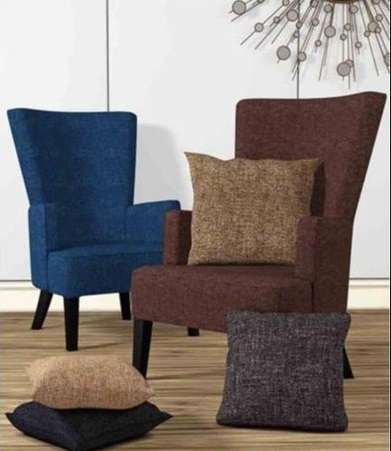Sustainable Craftsmanship: The Use of Natural Materials in Mongolian Traditional Furniture
Whether you are a History or a Culture studies student, an actual Historian, or just a casual person who loves to study about cultures, this blog post will provide you with a peak into Mongolian people’s use of their Furnitures and materials they use.
Mongolian traditional furniture is a remarkable example of sustainable craftsmanship that reflects the nomadic lifestyle of the Mongolian people. Rooted in a deep respect for nature and an understanding of the environment, these furniture pieces are not only functional and beautiful but also embody eco-friendly practices that have been passed down through generations. This blog post explores the natural materials used in crafting Mongolian furniture and how these practices contribute to sustainability.
1. Lightweight Wood: A Sustainable Choice
One of the defining features of Mongolian traditional furniture is the use of lightweight woods, such as pine, birch, and willow. These materials are abundant in the vast steppes and forests of Mongolia, making them easily accessible for nomadic families who need to move frequently.
- Transportation: The lightweight nature of these woods allows for easy transportation, enabling families to dismantle and reassemble their furniture with minimal effort during seasonal migrations. This practicality not only reduces the need for heavy lifting but also lessens the physical impact on the environment.
- Sustainability: By sourcing materials locally, Mongolian craftsmen minimize their carbon footprint, as there is less reliance on imported or synthetic materials. The practice of harvesting wood sustainably ensures that forests can regenerate, maintaining the ecological balance.
2. Natural Dyes and Finishes
In addition to the choice of wood, Mongolian furniture is often decorated with vibrant colors and intricate designs using natural dyes derived from local plants and minerals.
- Eco-Friendly Dyes: Traditional craftspeople utilize plants like madder root for reds, turmeric for yellows, and indigo for blues, creating a palette that reflects the surrounding landscape. These natural dyes are non-toxic and biodegradable, making them a safe alternative to synthetic dyes that can harm the environment.
- Natural Finishes: The use of natural oils and waxes for finishes not only enhances the beauty of the wood but also protects it from wear and tear without introducing harmful chemicals into the environment. This commitment to using non-toxic materials aligns with a broader ethos of sustainability.
3. Design for Durability
Mongolian furniture is designed to withstand the rigors of a nomadic lifestyle, focusing on durability and practicality.
- Functional Design: Pieces like the Avdar (storage chest) and Shiree (low table) are constructed with joinery techniques that enhance strength while minimizing the use of nails or metal fasteners. This traditional craftsmanship results in furniture that can last for decades, reducing the need for replacements and the waste associated with disposable furniture.
- Multi-Functionality: Many traditional furniture pieces serve multiple purposes, such as storage and seating. This multifunctionality reduces the overall number of items needed, aligning with minimalist and sustainable living practices.
4. Cultural Connection to Nature
The craftsmanship of Mongolian furniture is not just about sustainability; it also reflects a cultural connection to the natural world.
- Symbolic Motifs: The designs often feature motifs inspired by nature, such as animals, plants, and celestial symbols. These motifs represent a deep appreciation for the environment and its resources, reinforcing the idea that furniture is a part of the larger ecosystem.
- Heritage of Sustainability: By utilizing traditional techniques and materials, Mongolian craftsmen preserve their cultural heritage while promoting sustainable practices. This intergenerational knowledge not only maintains the art of furniture making but also emphasizes the importance of living in harmony with nature.
Conclusion
Mongolian traditional furniture exemplifies sustainable craftsmanship through the thoughtful use of lightweight wood, natural dyes, and functional design. These eco-friendly practices reflect a profound respect for the environment and the nomadic lifestyle of the Mongolian people. By prioritizing sustainability, Mongolian craftsmen not only create beautiful and durable pieces but also honor their cultural heritage and the natural world around them. For those interested in sustainable design and cultural craftsmanship, Mongolian furniture serves as an inspiring model of how tradition and environmental consciousness can coexist harmoniously.
If you are interested in trying out and living in a Mongolian Yurt, visit https://silkroadyurts.com




